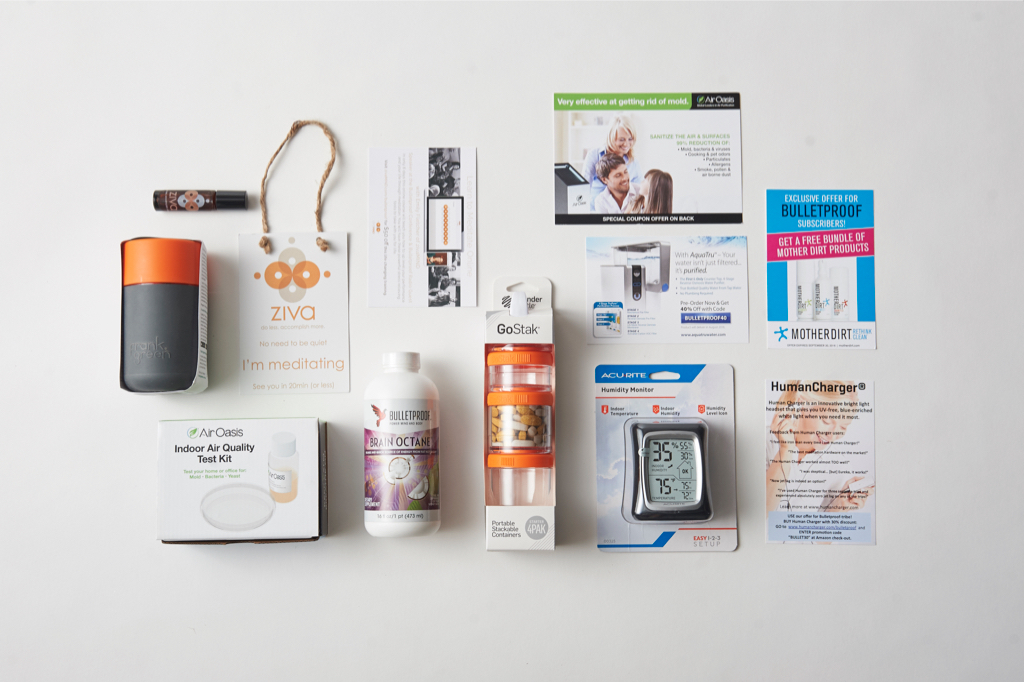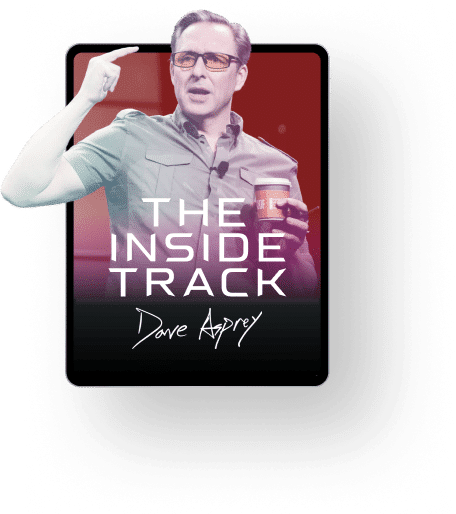While wrinkles and a sagging belly might be among the wince-inducing initial signs, aging actually begins in your cells. Mitochondria are the power plants within your cells that are ground zero for energy production.
Often called the “powerhouse of the cell,” mitochondria produce energy as adenosine triphosphate (ATP) that your body then uses to fuel your day-to-day activities. Mitochondria dictate how you feel all the time. They’re the bedrock of a strong body and a powerful mind.
Get the two-week plan on how to strengthen your mitochondria and boost brain performance in your copy of Head Strong.
Some cells have more mitochondria than others. Your brain cells are teeming with these little guys. Ditto your heart. Muscle cells have a pretty massive mitochondrial crew.
You want tons of these guys working at full capacity and cranking out constant energy. Stronger mitochondria make for stronger brains and stronger bodies. So does consistency: mitochondrial biogenesis, or creating new mitochondria, becomes crucial for vibrant aging, optimal energy production, and protection against oxidative stress.
The opposite – mitochondrial dysfunction – spells disaster for your energy levels, contributing to numerous problems including cardiovascular disease and obesity. [1]
Unfortunately, the enormous amount of energy your mitochondria produce makes them susceptible to free radical damage and decay as you age. This means that your mitochondria become weaker and decline in number as you age. Ultimately, all the things we associate with aging – fatigue, excess fat, and a decrease in muscle mass and cognitive ability – are all symptoms of weakening mitochondria.
[Tweet “Strong body and powerful mind? It starts with your cells. #mitochondria #Bulletproof”]
But if you’re familiar with Bulletproof, you know that we don’t stand for weight gain or low energy. Mitochondrial glitches are not inevitable. Here are five ways you can support your mitochondria (even grow new ones!) for greater vitality and a more vigorous life.
5 Ways to Upgrade Your Mitochondria
In the past, researchers and doctors have relied on things like chronic calorie restriction (CR) to convince your body to create more mitochondria. [2] That works, but it takes a great deal of willpower. These five hacks are much easier than starving yourself.
1) Curb inflammation
Inflammation plays a key role in aging, damaging mitochondria and increasing mitochondrial dysfunction. [3] Ways to dial down inflammation include Bulletproof Protein fasting, exercising, taking a quality krill oil supplement, and following the Bulletproof Diet, where you replace inflammatory foods like grains, dairy, and omega-6 oils with anti-inflammatory , nutrient-rich fats, meats, and vegetables.
2) Get good sleep
Studies show crappy sleep and sleep disorders play a key role in mitochondrial dysfunction. [4] In 2012, researchers identified the glymphatic system, which uses the cells’ mitochondria to remove cellular waste from the brain, particularly while you sleep. [5] In other words, as you sleep, the cells in your brain use their mitochondria to remove cellular waste. Join our 14-Day Free Sleep Challenge to hack your sleep.
3) Boost your brain fuel
Brain Octane turns into ketones within minutes, providing abundant fuel for your mitochondria. Ketones boost your metabolism, increase fat burning, curb hunger, and sharpen your focus. They make your mitochondria more efficient at producing energy.
4) HIIT it
Among its gazillion benefits, moving your body improves mitochondrial function and helps your brain perform better. [6] Walking has its merits, but the real advantages come from stepping it up a notch. Try high-intensity interval training (HIIT) to work out your mitochondria. One study found just two weeks of HIIT “significantly increased mitochondrial function in skeletal muscle.” [7]
5) Try Unfair Advantage
The best supplement to crank up your mitochondria is a unique active form of pyrroloquinoline quinone (PQQ), the cousin of the popular supplement CoQ10. Adding ActivePQQ, the activated form of PQQ, can make you feel like you’re flipping on a switch of clean-burning energy. Bulletproof takes it a step further by packaging ActivePQQ in a colloidal delivery system along with CoQ10, to enhance bioavailability and absorption. The result is Unfair Advantage, a powerful way to support your mitochondria.
Have you hacked your mitochondria to increase your energy? Any tips or tricks? Share them below. Thanks for reading and have a great week.
[expand title=”Click to read the complete list of references.” swaptitle=”Click to hide references.”]
[1] http://www.ncbi.nlm.nih.gov/pubmed/18662766
[2] http://www.ncbi.nlm.nih.gov/pubmed/18662766
[3] http://www.ncbi.nlm.nih.gov/pubmed/25684584
[4] http://www.ncbi.nlm.nih.gov/pubmed/25325607
[7] http://www.ncbi.nlm.nih.gov/pmc/articles/PMC1540458/
[8] http://www.ncbi.nlm.nih.gov/pmc/articles/PMC4338748/
[/expand]

